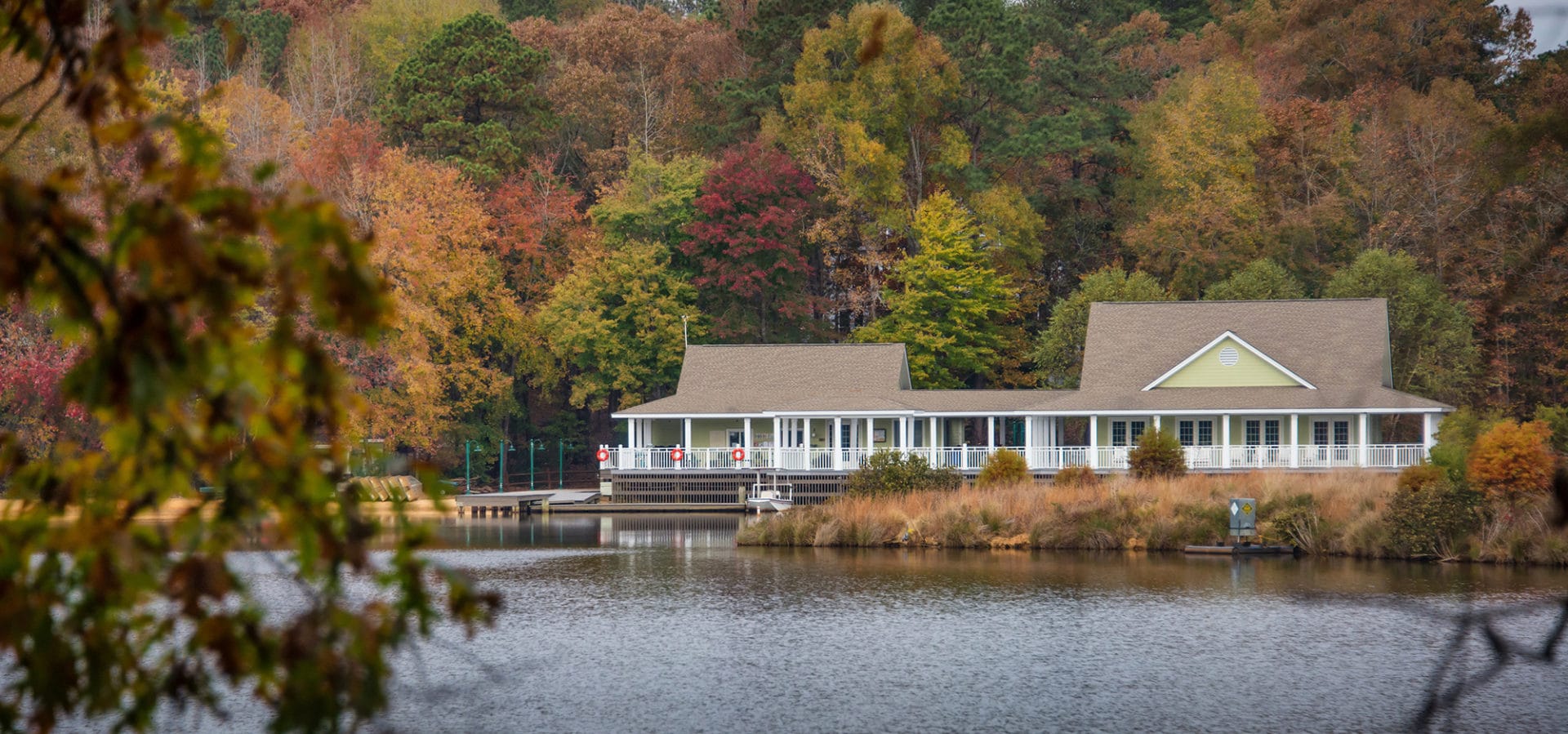WakeUP PSA from Media Partners Inc. on Vimeo.
Wake County Transit Plan
Transit Choices for our Community
Wake County will soon have an improved and expanded transit system! Over the past two years, Wake County went through a planning process to develop a new plan that advances a bold vision for improved and expanded public transit, i.e. a transit plan to connect and enhance Wake and the Triangle! On November 8th, 2016 Wake County voters approved a 1/2 cent sales tax increase to fund the plan and improvements are expected to begin in fall 2017. This 10-year plan will quadruple the investment in bus service and bring commuter rail to Wake.
What’s in the plan?
There are four overarching goals this plan aims to achieve:
1. Creating Strong Regional Connections
The plan will create more express bus service throughout the Triangle, and at the end of 10 years Wake County will have a commuter rail line between Garner and Durham. Commuter rail is passenger trains on existing rail tracks, focused on moving people during heavy commute hours, with some service at other times of day.
2. Connecting All Wake Municipalities
This plan will also expand bus service to all twelve municipalities in Wake County. Many will have more buses per day than they do now, and some will be getting service for the first time ever! There will also be more connections between outer towns, so not all service has to go in and out of downtown Raleigh.
3. Creating a Frequent Network
Within more urban areas, bus service will become much more frequent. At the end of 10 years, there will be 83 miles of routes with a bus coming every 15 minutes (up from 17 miles today)! Operating hours will also expand along those routes to 19 hours a day, 7 days a week.
Wake County will also be trying a new type of bus, called Bus Rapid Transit (BRT). This service uses special features to keep buses moving and on schedule. Some areas may have lanes dedicated just to BRT so that the bus isn’t stuck in traffic, or the bus may get an early priority signal at red lights, so it can jump the queue and get ahead of cars. Stations could have off-bus ticketing, so there are no lines when the bus arrives. The plan designates four corridors for BRT: South Wilmington St., Western Blvd., Capital Blvd., and New Bern Ave.
4. Enhancing Access to Transit
Overall, this new plan will greatly enhance people’s access to public transit around the county. At the end of 10 years, 50% of people and 70% of jobs will be within a 1/2 mile of a bus stop. There will be options for outlying towns to go further in expanding transit through a local matching fund, and paratransit services will continue to expand for people who aren’t able to utilize public transit.[/vc_column_text][/vc_column][vc_column width=”1/2″][vc_column_text]
Funding
Funding decisions will be made locally. The new plan is designed within fiscal constraints of the money that will be raised through the approved 1/2 cent sales tax and vehicle registration fee increase. This 1/2 cent sales tax will generate at least $69 million (for 2015) and is projected to grow by 4% annually. It would be supplemented by a $10 increase in vehicle registration fees, state and federal funding.
Wake County is Behind Other Counties
Durham and Orange County leaders and voters have already taken decisive action to advance bus and rail transit in their counties. In 2011, Durham voters approved a half-cent sales tax ballot, followed by Orange County approval in 2012. These counties are already collecting sales tax for transit and are expanding their bus systems and are beginning planning for light rail between Chapel Hill and Durham. Wake voters’ referendum approval brings the county one step closer to catching up with Durham and Orange!
“I live in Garner, and I rely on transit to get to downtown Raleigh and other places for jobs because I don’t own a car. Personally if I were able to catch a bus at a reasonable time, I would be able to work a 9-6 schedule and have more time with my son. Doubling of the buses would be tremendous for the economy. I love the idea of commuter rail. It makes me excited to know that I could get on a train and get somewhere in a few minutes.”
– Alphonso Dailey
Raleigh/Wake County participated in Transportation For America’s 2015 Transportation Leadership Academy.
Team members are:
From top left: Bonner Gaylord, Raleigh City Councilman/General Manager of North Hills | Michael J. Munn, President of the John R. McAdams Co. | Karen Rindge, Former Executive Director of WakeUP Wake County | Courtney A. Crowder, Principal of Crowder Consulting Co. | Sheila H. Ogle, Owner of Ogle Enterprises, LLC | Matt Calabria, Wake County Commissioner | Asa Fleming, Realtor for Coldwell Banker Advantage

